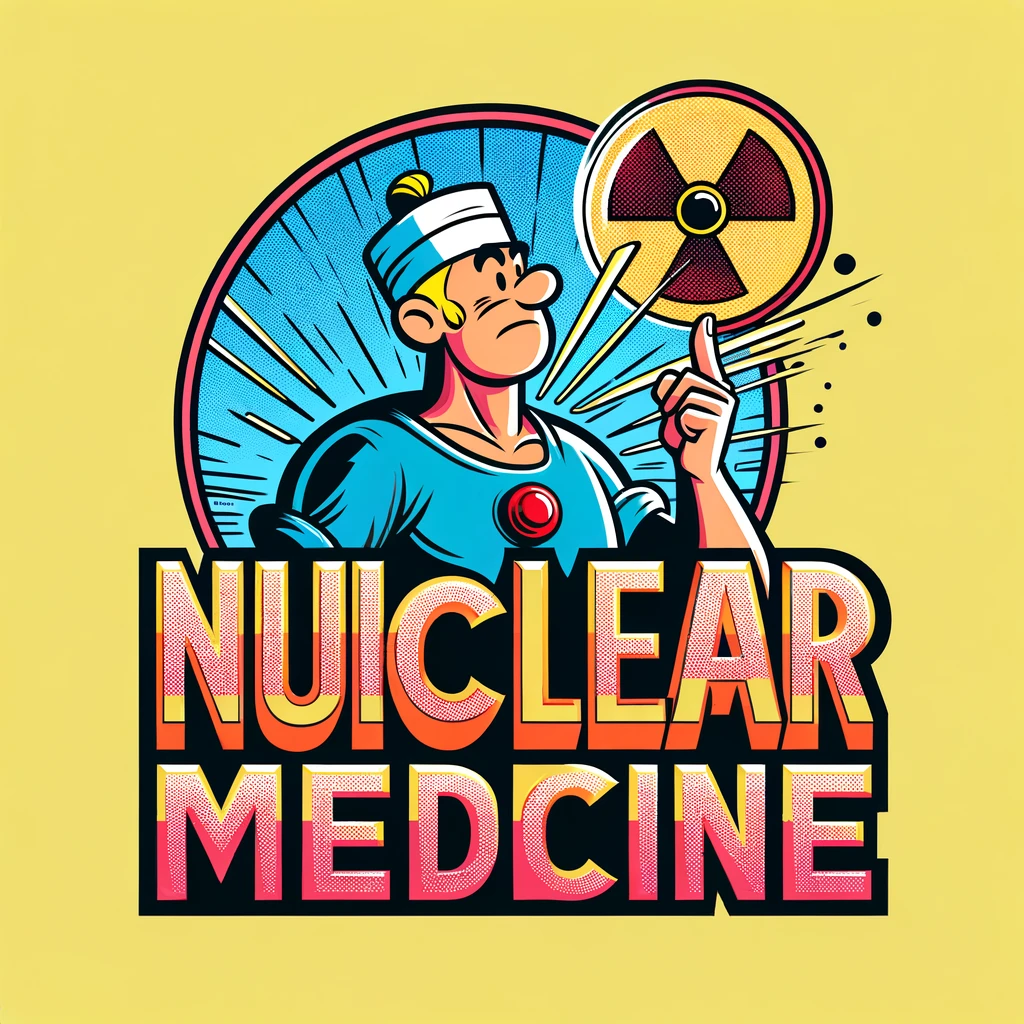Dive into the heart of innovation with our latest exploration on “Novel indices representing heterogeneous distributions of myocardial perfusion imaging,” and discover groundbreaking advancements in nuclear medicine.
– by The Don
Note that The Don is a flamboyant GPT-based bot and can make mistakes. Consider checking important information (e.g. using the DOI) before completely relying on it.
Novel indices representing heterogeneous distributions of myocardial perfusion imaging.
Chimura et al., Ann Nucl Med 2024
<!– DOI: 10.1007/s12149-024-01920-w //–>
https://doi.org/10.1007/s12149-024-01920-w
Let me tell you, folks, we’ve got something incredible happening in the world of cardiac health. We’re talking about myocardial perfusion images (MPI) – a big deal, really big. Now, these images, they’re used to spot heart issues, but there’s been a problem. Even when the heart looks fine, sometimes it’s not. It’s tricky, very tricky.
So, what we did, we came up with a genius idea. We thought, why not look at these images in a way no one else has? We decided to measure the chaos – yes, the heterogeneity, the messiness in these images. We used some very smart math – standard deviation (SD), the 95% bandwidth (BW95%), and entropy. And guess what? It worked like a charm.
We took a group of healthy people and some with heart issues, but mild ones, very mild. We had these top-notch nuclear medicine specialists, the best, and they looked at the images without knowing anything about the patients. They were looking for messiness in the images, and they found it.
And here’s the kicker: when we crunched the numbers, the differences were clear as day. The patients with heart issues had more chaos in their images. We’re talking significant differences, folks. And our methods to spot this chaos? They were off the charts good. We could tell who had heart issues and who didn’t, just like that.
So, what we’ve got here is a game-changer. We can now spot the slightest signs of heart trouble, even when everything else looks perfect. It’s going to save lives, believe me. This is huge, folks, really huge.
